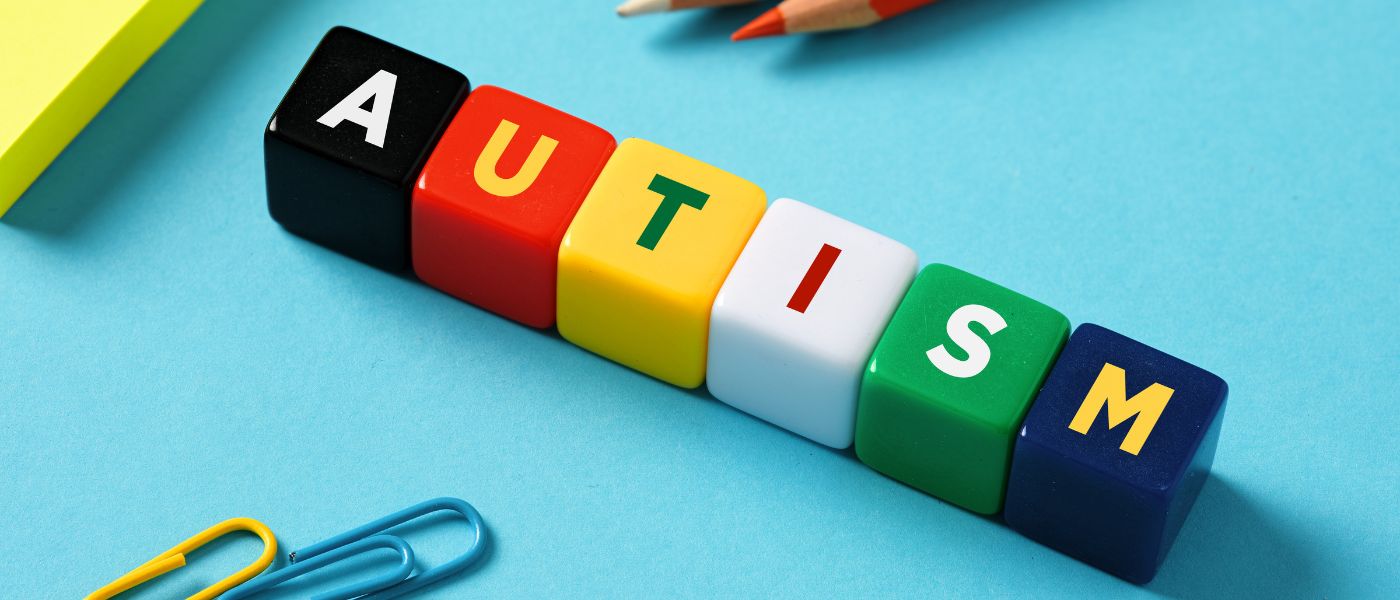Just how to Develop an Inclusive Atmosphere for Buddies and Family with Autism
Just how to Develop an Inclusive Atmosphere for Buddies and Family with Autism
Blog Article
Comprehending Autism: A Comprehensive Guide to Signs And Symptoms and indications
Autism Spectrum Problem (ASD) includes a wide variety of attributes that can considerably influence a person's social interactions and day-to-day functioning. Identifying the indications and signs and symptoms, such as difficulties with eye contact, social interaction difficulties, and sensory level of sensitivities, is important for very early intervention. Recognizing these nuances not just help caregivers and instructors in offering ideal support however also promotes an extra inclusive atmosphere for people with ASD. As we explore the intricacies of autism, it comes to be necessary to take into consideration how these indications materialize differently across the spectrum and what effects they hold for effective treatment approaches.
Review of Autism Range Problem
Specifying Autism Range Condition (ASD) includes acknowledging it as a complicated neurodevelopmental problem identified by a variety of obstacles in social communication, communication, and behavioral patterns. The term "spectrum" reflects the vast irregularity in signs and symptoms and their extent, which can vary substantially from one person to one more. ASD usually materializes in early childhood years, although some people might not receive a diagnosis up until later in life.
Variables affecting the advancement of ASD consist of hereditary tendencies and environmental elements, although the specific causes remain under investigation. Diagnosis typically depends on behavioral assessments, as there are no conclusive clinical examinations for ASD. Early treatment is important and can significantly boost results, concentrating on boosting interaction abilities, social interactions, and adaptive habits.
People with ASD may likewise exhibit unique staminas, such as outstanding attention to information or particular locations of know-how. Understanding the multifaceted nature of ASD is crucial for promoting a comprehensive environment that fits neurodiversity. Proceeded research is crucial for developing effective interventions and assistance systems, making it possible for individuals with ASD to prosper and fulfill their prospective within culture.
Usual Indications of Autism
Identifying the typical indications of Autism Range Disorder (ASD) is important for very early recognition and treatment. These signs can vary commonly in extent and presentation, however specific features are regularly observed in individuals with ASD.
One of the most common indicators is a marked difficulty in establishing and maintaining eye get in touch with. People might likewise show minimal passion in social communications and reveal a choice for singular play. Recurring actions, such as hand-flapping, shaking, or rotating items, usually arise early in childhood years. Additionally, some youngsters might create rigorous regimens and end up being distressed if these routines are disrupted.
Sensory level of sensitivities are also common; people might underreact or overreact to sensory stimulations, such as sounds, lights, or textures. autism. Language advancement can be irregular, with some children exhibiting postponed speech or utilizing language in uncommon ways, consisting of echolalia-- repeating sentences or expressions heard somewhere else
It is necessary to note that not every person with ASD will show all these signs, and the level of these behaviors can vary considerably. Early recognition permits for timely assistance and sources, improving the lifestyle for those on the spectrum.
Social Interaction Challenges
Social interaction challenges are a characteristic of Autism Spectrum Condition (ASD), influencing an individual's capability Extra resources to involve efficiently with others. These troubles can manifest in different means, including difficulties in launching and maintaining conversations, comprehending social signs, and responding properly in social communications.
People with ASD may fight with nonverbal interaction, such as eye call, facial expressions, and body language. This can cause misconceptions, as their communicative intent might not be correctly translated by others. Moreover, they might find it difficult to understand the subtleties of tone and context, which are crucial for effective communication.
In group settings, people with ASD might really feel overloaded and might not recognize just how to sign up with in discussions (autism). They could go to this website additionally show irregular conversational patterns, such as monologuing concerning details rate of interests without identifying social reciprocity
In addition, these obstacles can cause social seclusion or problems in developing connections, as peers may misinterpret their actions or communication style. Understanding these social communication obstacles is critical for cultivating helpful atmospheres that promote social abilities growth and boost the high quality of interactions for individuals on the autism official website range.
Sensory Reactions and level of sensitivities
Several individuals with Autism Spectrum Disorder (ASD) experience enhanced sensory level of sensitivities that can considerably impact their day-to-day lives. These sensitivities may manifest as over-responsiveness or under-responsiveness to sensory stimulations, consisting of noises, lights, textures, preferences, and smells. An individual with ASD might discover everyday noises, such as a vacuum cleanser or crowded environments, overwhelmingly distressing, leading to anxiousness or disasters. On the other hand, some may exhibit an indifference to discomfort or severe temperatures, which can pose safety and security problems.
Sensory processing distinctions in people with ASD can also influence their capability to participate in routine tasks and social interactions. A kid that is sensitive to touch might resist physical love or avoid specific clothing materials. Conversely, a preference for sure textures or preferences can limit dietary alternatives and create difficulties throughout mealtimes.
Comprehending these sensory level of sensitivities is vital for identifying the distinct experiences of individuals with ASD. Understanding of their sensory accounts can cultivate far better interaction and assistance strategies, creating an atmosphere that fits their requirements and enhances their high quality of life. Inevitably, recognizing sensory level of sensitivities is a crucial element of comprehending the wider spectrum of autism.

Sustaining People With Autism
Reliable support for individuals with Autism Spectrum Problem (ASD) is crucial for enhancing their general well-being and promoting freedom. Assistance techniques must be customized to fulfill the distinct requirements of each person, considering their toughness and challenges.

Social skills training can also play a critical function. autism. Involving people in team tasks or role-playing scenarios can enhance their ability to navigate social interactions. In addition, it is important to educate member of the family, caregivers, and peers about ASD to foster a supportive and inclusive community
Final Thought
By fostering boosted interaction and social skills, people with autism can browse their environments extra effectively. Eventually, increased recognition and support can significantly boost the high quality of life for those affected by ASD.
Autism Range Disorder (ASD) incorporates a large range of features that can substantially impact a person's social interactions and everyday functioning.People with ASD might have a hard time with nonverbal interaction, such as eye get in touch with, face expressions, and body language.Lots of people with Autism Range Disorder (ASD) experience increased sensory level of sensitivities that can substantially influence their everyday lives.Sensory handling differences in people with ASD can additionally impact their capacity to engage in regular activities and social communications.Understanding these sensory sensitivities is crucial for recognizing the special experiences of individuals with ASD.
Report this page